The Most Important Details You Need to Know about LED Strips
Gone are the days when chandeliers and table lamps were the only ways to illuminate a home. Nowadays, we have the chance to use a great number of lighting options, but when it comes to ambient lighting, there is one rules them all – LED strip lights. Nowadays, LED strip lighting is extremely popular and has become the main type of ambient light in both residential and commercial facilities. Available in a range of outputs, colours and lengths, LED strip lighting has evolved into one of the most versatile and long-lasting lighting solutions over the past decade.
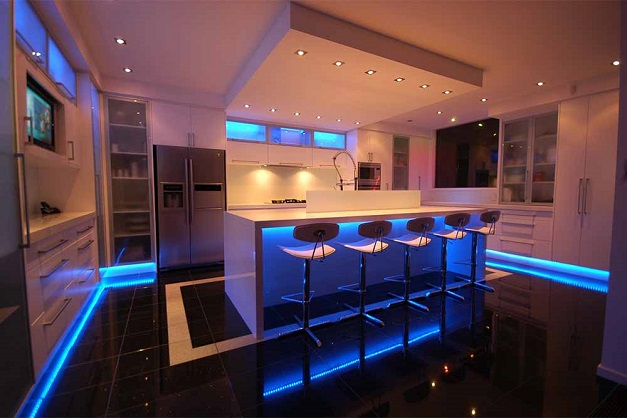
When it comes to investing in LED strip Australia professionals recommend becoming acquainted with the most basic bits of information first. Generally speaking, LED strips consist of many individual LED emitters which are mounted on a narrow but extremely flexible circuit board. According to LED strip Australia specialists, these ambient lighting solutions operate on low voltage DC power. The connection method depends on the type of wires and plugs provided along with the LED strip. Except for this, the connection method can also depend on whether or not the DC power supply includes a plug. This is considered just one of the many pros of installing a LED strip.
Advantages of LED Strip Lighting
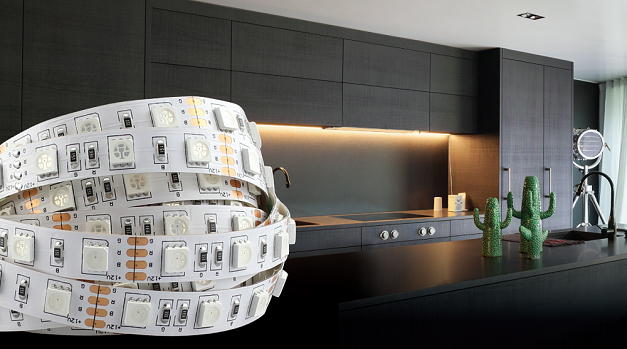
- Although they come in a range of lengths, when it comes to using a LED strip Australia experts say that they can be customized (cut) in order to fit the length of a particular space. Depending on the overall LED strip length, the shortest cutting distance can be on every 2.5 cm.
- Since they are extremely thin (around 2mm), this allows for them to be installed even on the tightest of all spaces. Moreover, thanks to their flexibility and ability to bent, LED strips can be installed even in the trickiest places.
- As already mentioned, LED strips are available in a range of colours in order to meet the different users’ needs, design concept and functions as well. From warm white and cool white to blue, violet, purple and pink, one can choose from a broad spectrum of colours in order to meet some specific needs. The best part of all this is that they can be dimmed, but only if paired with the right equipment. According to experienced electricians, the AC phase-cut dimmer approach is usually used for residential and commercial lighting applications where the dimming input signal comes from a wall-switch dimmer.
- Thanks to their weather-resistant options, LED strip Australia lighting options can be installed both indoors and outdoors and in wet areas as well.
- Just like LED lights in general, LED strip lights are also an energy-efficient option. This means that they produce more light per watt than most lights while using less electricity.
- When it comes to quality and sturdiness, LED strip Australia manufacturers state that they can last for a long period of time. However, like all light sources, the light coming from LED strips can also decrease over time because of the working current and temperature change.
Disadvantages of LED Strip Lighting
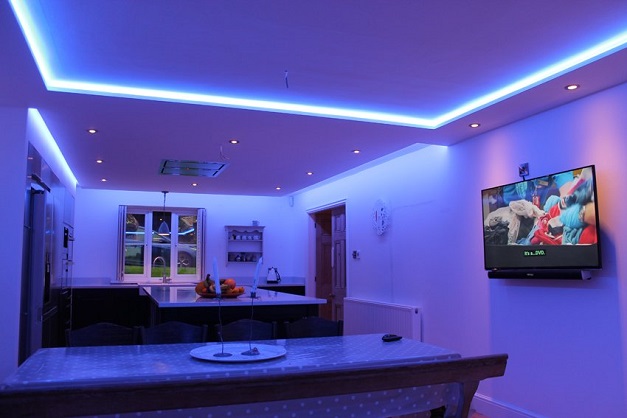
- LED strip lights don’t allow for the change of one LED which means that if one LED stops working, the whole set should be replaced.
- As already mentioned, the lifespan of the LED strip mainly depends on the temperature of the operating area. This means that if the LED strip is installed in a place with high temperature, this can certainly reduce its working life.
Determining the LED Strip Brightness
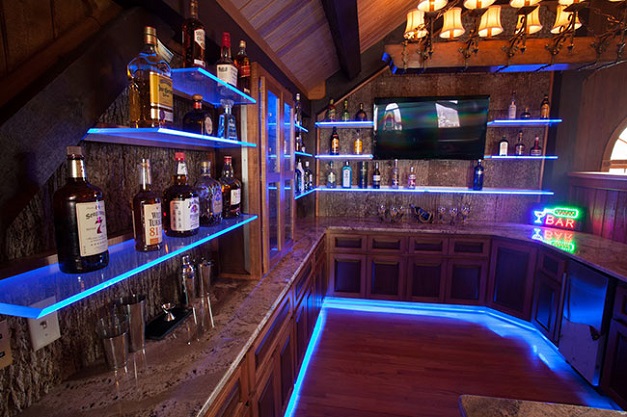
The brightness of LED strips can be determined by using metric lumens. Generally speaking, different LED strips have different levels of efficiency, which means that the wattage rating cannot always determine the actual light output. Since LED strip brightness is usually described in lumens per meter, a good quality LED strip should have at least 1500 lumens per meter. This can provide approximately the same amount of light output per meter as any traditional fluorescent lamp.
According to professionals, LED strip brightness can be usually determined by three factors: the light output and efficiency per LED emitter; the number of LEDs per meter; and by the power draw of the LED strip per meter. Electricians also recommend staying away from cheap LED strips that claim to provide high brightness. According to them, this can overdrive the LED lights to a premature failure.
Installing LED Strip Lighting
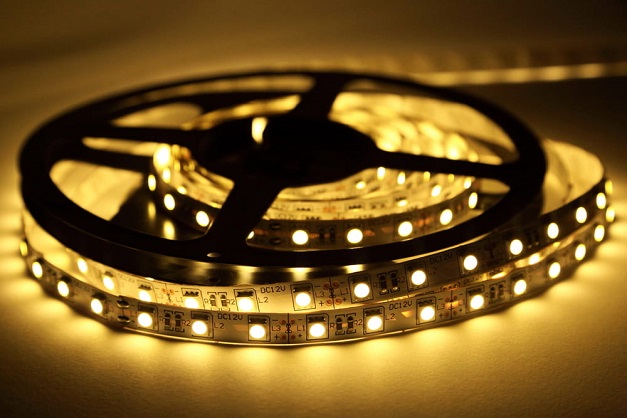
Although it may seem like an easy job, installing LED strips requires a consultation with a professional electrician. The simplest option for installing a LED strip Australia electricians suggest is to remove the backing and stick the strip wherever needed. However, usually a LED strip needs to be cut, programmed properly and wired into the place, which means that professional installation is generally required.



